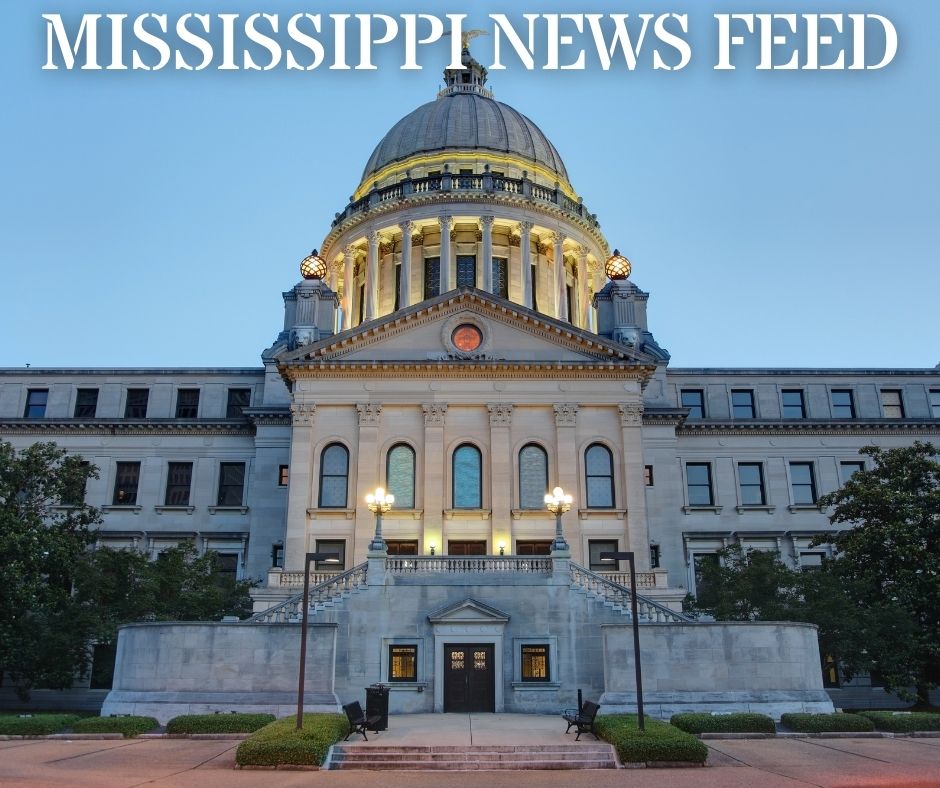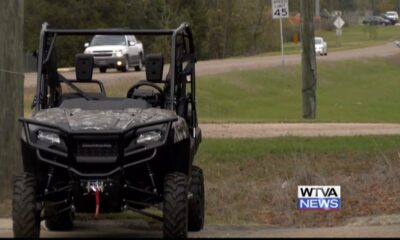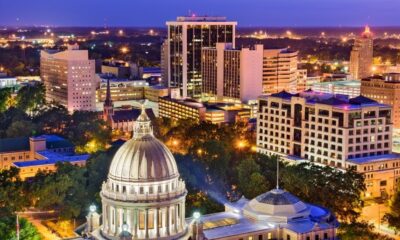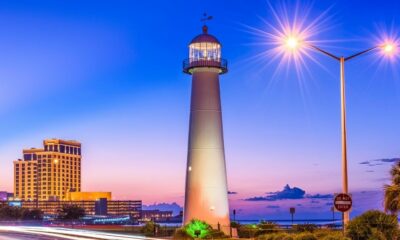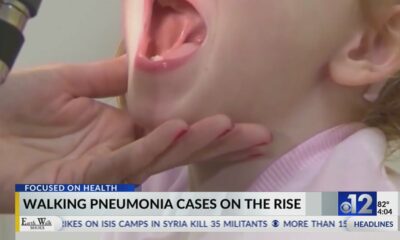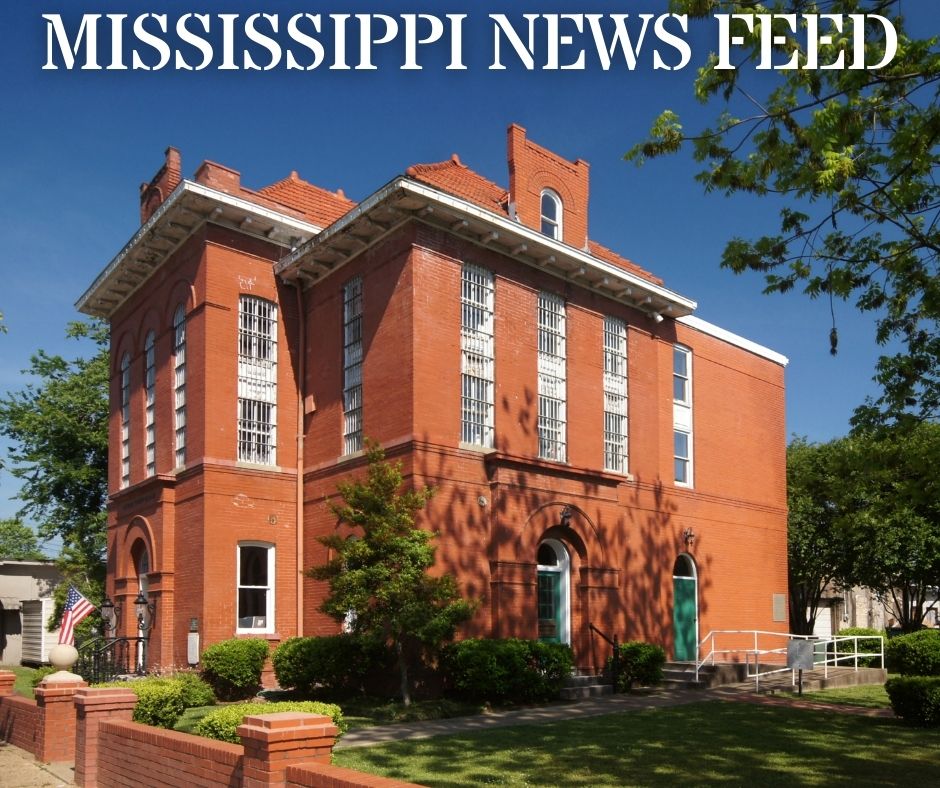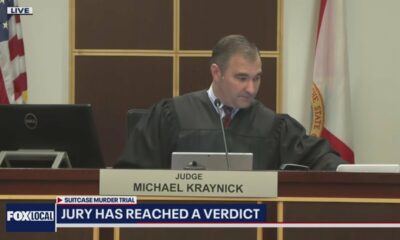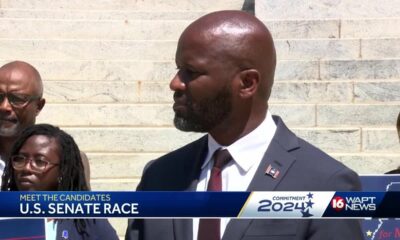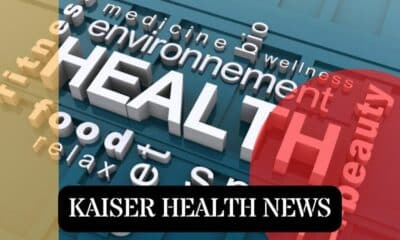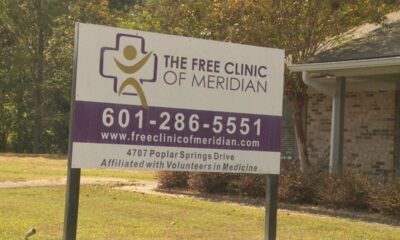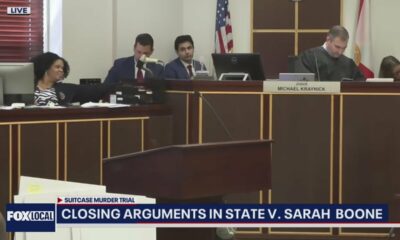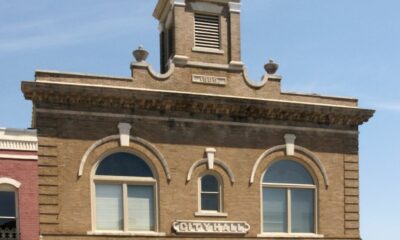Kaiser Health News
As Many American Cities Get Hotter, Health Systems Face Off Against Heatstroke
by Drew Hawkins, Gulf States Newsroom
Mon, 07 Aug 2023 09:00:00 +0000
As the hour crept past three in the afternoon, New Orleans’ French Quarter was devoid of tourists and locals alike. The heat index was over 105 degrees.
New Orleans Emergency Medical Services has been busy this summer, responding to heat-related emergency calls and transporting patients to nearby hospitals.
At the city’s main ambulance depot, the concrete parking lot seemed to magnify the sweltering heat, circulating the air like a convection oven. Capt. Janick Lewis and Lt. Titus Carriere demonstrated there how they can load a stretcher into an ambulance using an automated loading system. Lewis wiped sweat from his brow as the loading arm whirred and hummed, raising the stretcher into the ambulance — “unit,” in official terminology.
But mechanical assistance isn’t the best thing about the upgraded vehicles. “The nicest thing about being assigned a brand-new unit is it has a brand-new air conditioning system,” Lewis said.
The new AC is much more than a luxury for the hard-working crews. They need the extra cooling power to help save lives.
“The No. 1 thing you do take care of somebody is get them out of the heat, get them somewhere cool,” Lewis said. “So the No. 1 thing we spend our time worrying about in the summertime is keeping the truck cool.”
Like much of the country, New Orleans has been embroiled in a heat wave for weeks. As a result, New Orleans EMS is responding to more calls for heat-related conditions than ever before, Lewis said. During the third week of July, the city’s public EMS crews responded to 29 heat-related calls — more than triple what they handled during the same period last year.
Scientists say dangerous heat levels — and the stress they put on human bodies and medical systems — will likely keep increasing. Health systems nationwide face serious funding and staffing challenges that could make it harder to keep up.
New Orleans EMS is no exception. In April, it reported operating with only 60% of its needed staff. The city’s chief of EMS has called for increased funding for higher wages to attract more workers. Local private ambulance services like Acadian Ambulance Services pay staffers between $50 and $70 per hour. The city’s EMS department can’t compete.
Lewis said they’re making do with the resources they have and prioritizing one-time expenses like new ambulances to help them meet the challenges they’re facing.
“We’re going to provide the care everybody needs, regardless of how hot it gets,” Lewis said. “We’d love to have all the help in the world, but we’re getting the job done with what we have right now.”
When a human being is exposed to high levels of heat for too long, their core body temperature rises. Once core body temperature exceeds 100 degrees Fahrenheit, hyperthermia can develop. If not quickly addressed, that can prompt an escalating cascade of health problems.
The first stage is heat exhaustion, Carriere explained: “That means you’re hot, you may have an elevated temp, but you also have what’s called diaphoresis, which means your body is sweating, is still trying to compensate and cool yourself off.” You’ll also likely have other symptoms like weakness, dizziness, or a headache.
Carriere said that if a person can quickly get out of the heat and into an air-conditioned place, generally they’ll recover from heat exhaustion on their own. Otherwise, their core temperature will continue to rise.
As internal body temperature approaches 104 degrees, people start to suffer from heatstroke.
“Once you move to heatstroke, your body stops compensating,” Carriere said. “You stop sweating. You’re hot. You’re dry. And your organs are basically frying themselves from the inside out.”
When a person stops sweating, it becomes even harder for the body to cool itself down. During heatstroke, people may experience other severe symptoms like an altered state of mind, confusion, and a rapid, erratic pulse. They may even lose consciousness.
Without medical intervention, heatstroke can be deadly. EMS responders start treatment immediately after they arrive on the scene. “We’ll get them on a gurney, get them into the unit, start removing their clothing, and put ice packs wherever applicable to try to cool them down,” said Carriere.
Once a heatstroke patient is loaded into the ambulance, the crew races them to a nearby hospital, Carriere said. At University Medical Center, New Orleans’ largest hospital, doctors and nurses will continue efforts to quickly lower the person’s body temperature and replace fluids by IV, if necessary.
“When the patient ends up at the hospital, we’re going to continue that cooling process,” said Jeffrey Elder, medical director for emergency management at UMC. “We’re going to put them in an ice water bath,” and, he added, “we may use some misting fans and some cold fluids to get their body temperature down to a reasonable temperature while we’re supporting all the other bodily functions.”
Getting a patient’s core temperature down as quickly as possible is what will ultimately save their life. One way doctors can speed that along is by burying a patient in ice. In some parts of the country, doctors have placed patients inside body bags prepacked with pounds of ice. Body bags are especially useful in these cases because they are waterproof and designed to closely fit the human form.
UMC’s emergency room doesn’t use body bags, but during the summer staffers keep bags of ice ready at all times.
“On the stretcher, we’ll use some of the sheets as kind of a barrier,” Elder said. “And while they’re on the stretcher, we’ll just put the ice on them right then and there.” Hospital staffers will continue to work to cool a patient down until their temperature gets below 100.
Elder said that while it always gets hot in New Orleans during the summer, his emergency room has been treating more heat-related illnesses in 2023 than ever before. A few patients have died from the heat. UMC has been struggling with staffing challenges since the beginning of the pandemic, just like many other hospital systems elsewhere. But to prepare for an influx of patients with heat-related illnesses, UMC has prioritized staffing of the emergency department, Elder said.
Across the country, meteorological events like heat waves and heat domes will become more frequent and intense in the future, according to the Centers for Disease Control and Prevention.
“Extreme summer heat is increasing in the United States,” said Claudia Brown, a health scientist with the CDC’s Climate and Health Program. “And climate projections are indicating that extreme heat events will be more frequent and intense in the coming decades.”
Health infrastructure will be challenged to keep up to treat patients suffering from extreme heat exposure. In New Orleans, both first responders and doctors say they expect to see more patients with heat-related illnesses.
“We haven’t even gotten to the hottest part yet, which is typically August to September,” said Carriere. “So I’m expecting it to get pretty bad.”
This article is from a partnership that includes Gulf States Newsroom, NPR, and KFF Health News.
By: Drew Hawkins, Gulf States Newsroom
Title: As Many American Cities Get Hotter, Health Systems Face Off Against Heatstroke
Sourced From: kffhealthnews.org/news/article/as-many-american-cities-get-hotter-health-systems-face-off-against-heatstroke/
Published Date: Mon, 07 Aug 2023 09:00:00 +0000
Did you miss our previous article…
https://www.biloxinewsevents.com/as-water-reuse-expands-proponents-battle-the-yuck-factor/
Kaiser Health News
What To Know About California’s $10 Billion Climate Bond
SUMMARY: California voters will decide on a $10 billion climate bond, known as Prop 4, aimed at improving water access and protecting communities from wildfires, extreme heat, and floods. Supporters emphasize its potential to enhance drinking water quality, with $610 million allocated for this purpose, addressing the needs of 720,000 residents served by failing systems. However, opponents caution against accruing state debt to fund these projects with interest. Voters must choose between targeting climate change or postponing critical repairs on the state’s credit card.
California voters will decide in November whether to approve a $10 billion climate bond that supporters say is needed to jump-start water system repairs for residents without safe drinking water. Opponents say those repairs should be prioritized in the state budget, not put on a credit card.
#california #climatechange #elections2024
Kaiser Health News
In Montana, Conservative Groups See Chance To Kill Medicaid Expansion
SUMMARY: Conservative groups aim to roll back Montana’s Medicaid expansion, which covers approximately 78,800 low-income individuals, marking a potential first elimination under the Affordable Care Act since its inception. As the program is set to expire next year, critics argue it’s costly and bloated, while supportive studies show it enhances access to care. The debate centers around differing viewpoints on the program’s impact on vulnerable populations. Montana, unique among states, may face this decision next year, with significant implications on health care access and budget priorities. Supporters emphasize that expansion has notably reduced the uninsured rate in the state.
The post In Montana, Conservative Groups See Chance To Kill Medicaid Expansion appeared first on kffhealthnews.org
Kaiser Health News
‘A Pressure Campaign’: Beverly Hills Settles After Allegedly Blocking Abortion Clinic
SUMMARY: Beverly Hills will train its employees on abortion clinic protections following local officials‘ attempts to block the DuPont Clinic from opening in violation of state law. California Attorney General Rob Bonta’s proposed settlement revealed that city leaders pressured the clinic’s landlord to cancel the lease and delayed permits, citing potential security threats from protests. Bonta criticized the city’s actions as undermining reproductive freedom and noted that the clinic never opened. The agreement mandates employee training, complaint protocols, and a compliance officer, although the city did not admit wrongdoing. Proposition 1 enshrined rights protecting reproductive health in California.
The post ‘A Pressure Campaign’: Beverly Hills Settles After Allegedly Blocking Abortion Clinic appeared first on kffhealthnews.org
-
News from the South - Florida News Feed6 days ago
Sarah Boone verdict: Jury makes decision in 60 minutes in Florida suitcase murder trial
-
Mississippi News Video6 days ago
Ty Pinkins is a candidate for U.S. Senate
-
Kaiser Health News3 days ago
Vance Wrongly Blames Rural Hospital Closures on Immigrants in the Country Illegally
-
SuperTalk FM3 days ago
Tupelo teen Leigh Occhi declared dead after going missing 32 years ago
-
News from the South - Georgia News Feed2 days ago
Co-defendant takes plea deal in YSL RICO trial | FOX 5 News
-
Mississippi News Video2 days ago
Free Clinic of Meridian Celebrates 10 Years
-
News from the South - Florida News Feed6 days ago
Sarah Boone Trial: “Jorge Torres was murdered in this box”
-
Mississippi News6 days ago
Update on the man who allegedly exposed himself in Eupora

